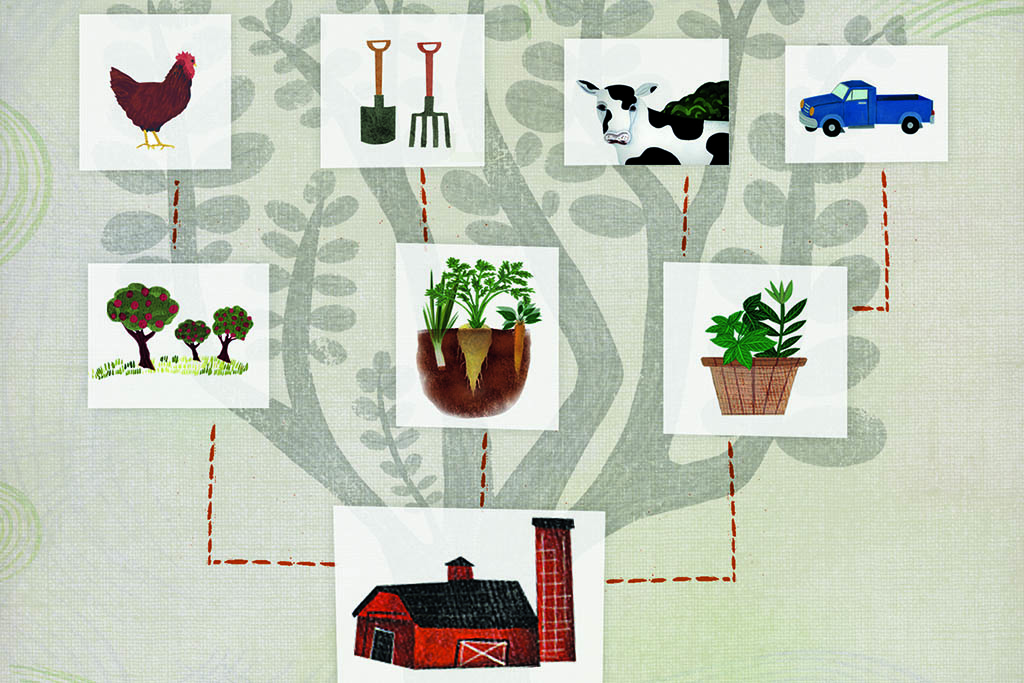To paraphrase a Chinese proverb about planting trees, the best time to start contemplating the future of your farm was 20 years ago. The second best time is now.

“I’m not that old yet,” you might be thinking. “Why deal with this now?” Because bequeathing a farm is a process, not an event. A gradual handover allows plenty of time to resolve unexpected, yet inevitable, kinks, and facilitates the transfer of knowledge crucial to keeping the farm afloat when management changes.
The first step – preparing a full financial assessment of assets, revenue, debts, and future capital needs – is hard. The second, much harder: You’ll have to gather the family and begin discussing who gets what, which risks dredging up all sorts of thorny issues (though the assessment should help tie the talks to actual, as opposed to sentimental, value).
You can at least take comfort in the fact that you needn’t moderate these conversations yourself. Ask your extension agent to step in. He or she may know of creative succession strategies employed by other families, and won’t charge $500 an hour like an estate attorney. Eventually, you’ll have to engage a lawyer and/or an accountant to formalize your wishes, but you ought to know your mind in advance.
Next, consider setting up two limited liability companies (LLCs): one for the land and another for the business, including animals and equipment. These designations convert assets to units or shares that can be given or sold to a successor, making the transfer of ownership fairly straightforward. Parents who are ready to relinquish the reins could, for instance, sell the business to a child for a nominal amount and the business could, in turn, lease the acreage from the parents, providing retirement income for the older folks.
Parents who plan to give shares should start doing so now, to avoid saddling kids with tax liabilities. You’re allowed to gift as much as $14,000 annually to each individual – so a total of $70,000 to a son, daughter-in-law, and their three children – without incurring federal taxes, up to a lifetime maximum of $1,000,000 per recipient. An accountant can guide you through the details.
One final note: If you’re frustrated by the fact that the whole enterprise is not overly profitable to begin with, look into the cash-generating possibilities of a conservation easement. In effect, a land trust pays the farmer for an easement, which restricts development (and decreases the property’s assessed value) while allowing agricultural uses. Chances are good that there’s a land trust in your area (visit findalandtrust.org).
My own family’s farm was sold several decades ago. I recently finished cleaning out the apartment my mother had lived in since then. I sorted through three file cabinets filled with the farm’s business records, yet did not come across a single document related to estate planning – just the word “partner” scribbled next to my brother’s name. There was no road map for addressing potential trouble, and no rainy day fund. Maybe that’s why the two of them were only able to keep the farm going for a couple years after my father passed away.